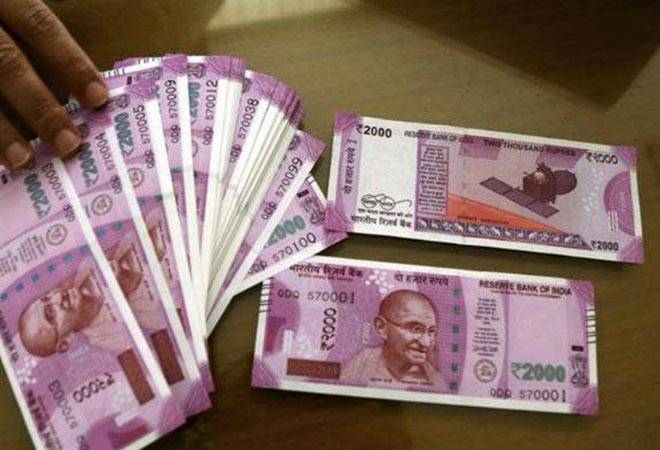One of Prime Minister Narendra Modi’s justifications for demonetisation of Rs. 500 and Rs 1000 on November 8 last year, was arresting counterfeit currency

Representation Image
On November 8, 2016 when Prime Minister Narendra Modi had announced de-monetisation of m Rs. 500 and Rs 1000, he had cited counterfeit currency as one of the main reasons. Three months down the line, counterfeiters have succeeded in puncturing the government’s claim according to The Indian Express. The money is being pumped into the country via the permeable India-Bangladesh border. The shocking details were surfaced following recent arrests and seizures made by National Investigation Agency (NIA) and Border Security Force (BSF), the report says.
Recently, The Hindu had reported that a 26-year-old man, who hails from Malda in West Bengal, was arrested in Murshidabad for carrying 40 fake notes of Rs 2,000 denomination. During the interrogation, the accused revealed that fake notes had been printed in Pakistan, allegedly with the help of the Inter Services Intelligence (ISI). It has been learned that smugglers were required to pay Rs 400-600 in genuine currency for each fake Rs 2,000 note, depending on the quality, the report says.
Shockingly, the seized notes have showed that at least 11 of the 17 security features in the new Rs 2,000 notes had been replicated. They included the transparent area, watermark, Ashoka Pillar emblem, the letters ‘Rs 2000’ on the left, the guarantee clause with the RBI governor’s signature and the denomination number in Devanagari on the front, the report says. According to experts, the motif of Chandrayaan, the Swachh Bharat logo and the year of printing had been copied on the reverse side. Although the print and paper quality of the seized counterfeits were poor, they resembled genuine notes, it says. Besides, the seized notes had the water mark and a crackling sound, similar to genuine currency, the report says.
As per the report, the first known attempt to smuggle fake currency was made in the last week of December 2016, when samples from across the border were sent for approval to smugglers in Malda. The first seizures of such notes were recorded on January 22 and on February 4, when Piyarul Sheikh (16) and Digamber Mondol (42), both from Kaliachak in Malda, were arrested by the local police and NIA.
According to officials of the Securities Printing and Minting Corporation of India Limited (SPMCIL), the newly introduced notes had no additional security features and were similar to those in the old Rs 1,000 and Rs 500 notes. According to a 2016 study conducted by the Indian Statistical Institute (ISI) in Kolkata, the value of Fake Indian Currency Note (FICN) in circulation was pegged at Rs 400 crore.
Union Finance Ministry had informed a Parliamentary Committee that smuggling of fake currency has totally stopped post demonetisation and the tax department has seized Rs 515 crore in cash, including Rs 114 crore of new currency notes, up to January 10. According to sources, in its response to the Public Accounts Committee over queries on demonetisation, the Finance Ministry said it has also detected undisclosed income of Rs 4,172 crore in search and seizure operations between November 9-December 28, 2016. Banning of 500 and 1000 rupee notes was intended to curb terror financing and as per the Intelligence reports the smuggling of fake notes has come to a “total halt”, the finance ministry had said.
Related Artciles:
1. Counterfeiters Replicated Half of Security Features of New Rs 2,000 Notes
2. RTI reveals RBI doesn't know value of fake notes seized since demonetisation
